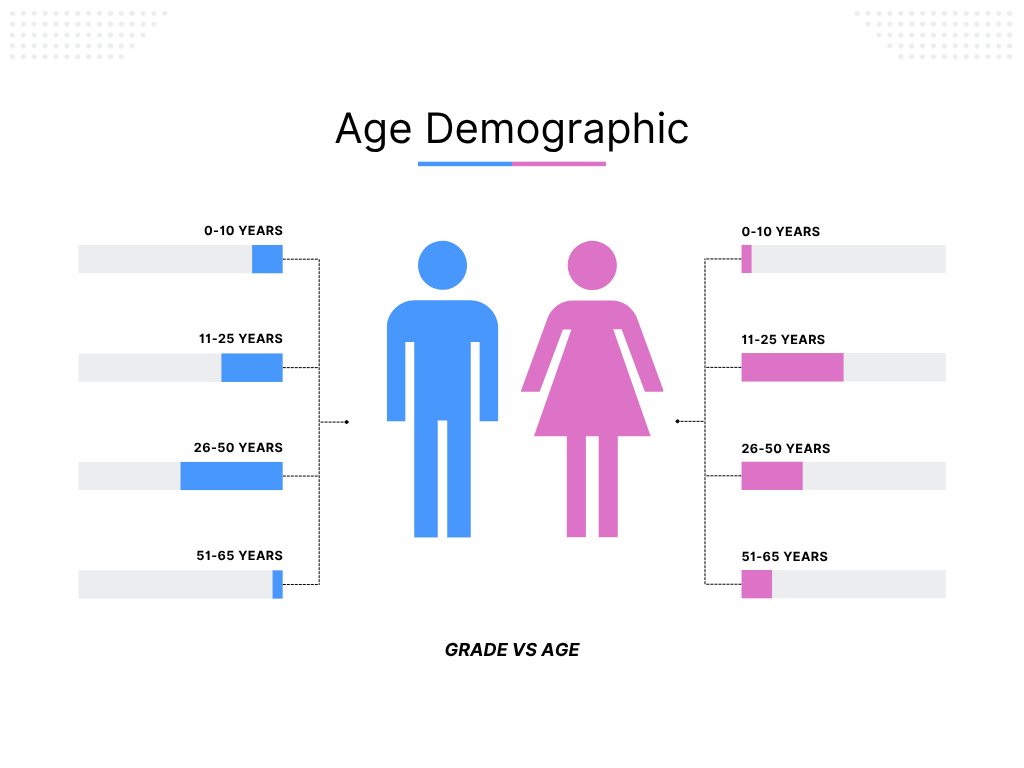Moving countries or comparing systems for applications can be confusing—Year 8, Grade 7, Key Stages, K–12. This guide gives you a clear, parent-friendly overview of how school year maps to typical age in the UK and USA, plus notes that help families worldwide. You’ll find a quick-look chart, an optional calculator, and plain-English explanations so you can make decisions with confidence.
There are many differences between the US and UK education systems(grade vs age), such as when school starts, the names of the years, and public assessments. But the academic year does at least start around the same time, which can make transitioning from one to the other easier than it might otherwise be.
TL;DR (quick answers)
- UK Year 7 ≈ US Grade 6 (typical ages 11–12).
- GCSE years are UK Years 10–11 (~US Grades 9–10).
- A-levels/IB are UK Years 12–13 (~US Grades 11–12 with AP/Honors).
- Kindergarten vs Reception: both are early-years entry classes; placement depends on birthday vs local pivot date.
- you can also use a calculator to estimate a likely Year/Grade from a date of birth.
Grade-by-Age Chart (UK ↔ US)
Ages are typically at the start of the school year. Another chart for convenience is here:
| Typical Age | UK (Year / Stage) | US (Grade / Name) |
|---|---|---|
| 4–5 | Reception (Early Years) | Pre-K / K entry (varies) |
| 5–6 | Year 1 (KS1) | Kindergarten (K) |
| 6–7 | Year 2 (KS1) | Grade 1 |
| 7–8 | Year 3 (KS2) | Grade 2 |
| 8–9 | Year 4 (KS2) | Grade 3 |
| 9–10 | Year 5 (KS2) | Grade 4 |
| 10–11 | Year 6 (KS2) | Grade 5 |
| 11–12 | Year 7 (KS3) | Grade 6 |
| 12–13 | Year 8 (KS3) | Grade 7 |
| 13–14 | Year 9 (KS3) | Grade 8 |
| 14–15 | Year 10 (GCSE Yr 1, KS4) | Grade 9 (Freshman) |
| 15–16 | Year 11 (GCSE Yr 2, KS4) | Grade 10 (Sophomore) |
| 16–17 | Year 12 (Sixth Form / A-level Yr 1) | Grade 11 (Junior) |
| 17–18 | Year 13 (Sixth Form / A-level Yr 2) | Grade 12 (Senior) |
Notes:
- GCSEs are normally completed at the end of Year 11 (age ~15–16).
- A-levels/IB run across Years 12–13 (age ~16–18).
- In the US, advanced study is usually AP/Honors in Grades 10–12.
UK vs US in plain English
Structure & focus
- UK: Early specialisation. Students narrow to a few subjects for A-levels or take IB.
- US: Broader course mix to graduation; students may add AP/Honors for depth.
Names you’ll hear
- UK: Key Stages (KS1–KS4), Sixth Form, GCSE, A-level.
- US: K–12, Freshman/Sophomore/Junior/Senior.
Cut-off dates
- UK: Commonly 1 Sept intake.
- US: Varies by state/district (often Aug/Sep). Always confirm locally.
Exams & credentials
- UK: GCSEs (Y11), A-levels/IB (Y12–13).
- US: High School Diploma (G12), optional AP exams; some colleges consider SAT/ACT (policy varies).

International families: what to watch for
- Calendar differences: Southern hemisphere or alternative term dates can shift year placement.
- Language support: Schools may assess English proficiency for placement and provide EAL/ELL help.
- Special educational needs: Placement can be more flexible; bring documentation to speed decisions.
- Mid-year transfers: Schools may weigh both age and completed content; students sometimes sit subject-placement checks.
How to use the chart without stress
- Check birthday vs pivot date (UK ~1 Sept; US local policy).
- Use the chart to find the typical year/grade by age.
- For children near the cut-off, ask the school how they handle younger/older cohort boundaries.
- If your child has already covered certain topics, request class-level placement checks (especially maths/languages).
Common real-world scenarios
- Relocating UK→US at 14: Year 10 usually maps to US Grade 9, with class-by-class adjustments based on content covered.
- Relocating US→UK at 16: Grade 11 typically leads to UK Year 12 (A-level/IB entry), subject to entry requirements.
- Late summer birthdays: Youngest in cohort; discuss readiness and pastoral support with the school.
- Switching to IB: Schools look at balance across subjects and may recommend HL/SL mix after an intake review.
Understanding the UK Grading System (1-9) vs. US Letter Grades

The UK and US use different grading scales, making direct comparisons challenging.
UK Grading System (1-9) for GCSEs
For GCSEs (General Certificate of Secondary Education), the UK switched from letter grades (A*-G) to a 1-9 grading system:
| UK GCSE Grade (1-9) | Equivalent US Grade |
| 9 (Highest) | A+ |
| 8 | A |
| 7 | A- |
| 6 | B+ |
| 5 | B |
| 4 | C |
| 3 | D |
| 2 | E |
| 1 (Lowest) | F |
Grade vs age classification of UK-US degree:
How Does the UK GPA Calculator Work?
Unlike the US, where GPA (Grade Point Average) is widely used, the UK does not have an official GPA system. However, UK grades can be converted to a US GPA scale using the following general guide:
| UK Degree Classification | US GPA Equivalent |
| First-Class (70%+) | 4.0 GPA |
| Upper Second (2:1) | 3.3 – 3.7 GPA |
| Lower Second (2:2) | 2.7 – 3.0 GPA |
| Third-Class | 2.0 – 2.3 GPA |
| Pass | 1.0 – 1.7 GPA |
Parent/guardian checklist
- ☐ Confirm cut-off date and intake policy with the school.
- ☐ Ask for the placement criteria (age vs skills vs prior curriculum).
- ☐ Bring reports/transcripts and a short learning profile.
- ☐ For exam routes (GCSE/A-level/AP), check subject availability and exam board timelines.
- ☐ If applicable, ask about language and special needs support.
Key Takeaways
- The UK vs US grading system differs in structure, terminology, and assessment methods.
- The grading system in the UK (1-9) follows a numerical scale for GCSEs, while the US uses letter grades (A- F).
- The UK grading system vs. American high school grading differs in GPA calculation, grading curves, and coursework evaluation.
- A-level grades in the UK are equivalent to Advanced Placement (AP) courses in the US.
- The UK GPA calculator uses different conversion methods to align with the US GPA system.
- Some students believe the UK grading system is easier, but in reality, both systems have unique challenges.
Final Thoughts: Which Grading System Is Better?
The UK vs US grading system has its positive and negative sentiments. The UK grading system vs. American high school grading differs in structure, assessment, and grading criteria.
The UK System Is Ideal If:
- You prefer in-depth study in a few subjects.
- You perform well in exam-based assessments.
The US System Is Ideal If:
- You prefer continuous assessment throughout the year.
- You enjoy a broad curriculum with elective courses.
Is year 7 the same as grade 6?
In most cases, yes: both are typically ages 11–12. Local cut-off dates and school policies can shift placement by a year.
What age is GCSE?
Students generally sit GCSEs at the end of Year 11 (about 15–16 years old).
What are A-levels equivalent to in us?
They’re broadly comparable to advanced high-school coursework such as AP/Honors during Grades 11–12.
Does kindergarten equal reception?
They’re both early-years entry classes; placement depends on the child’s birthday relative to the local pivot date and the school’s policy.

